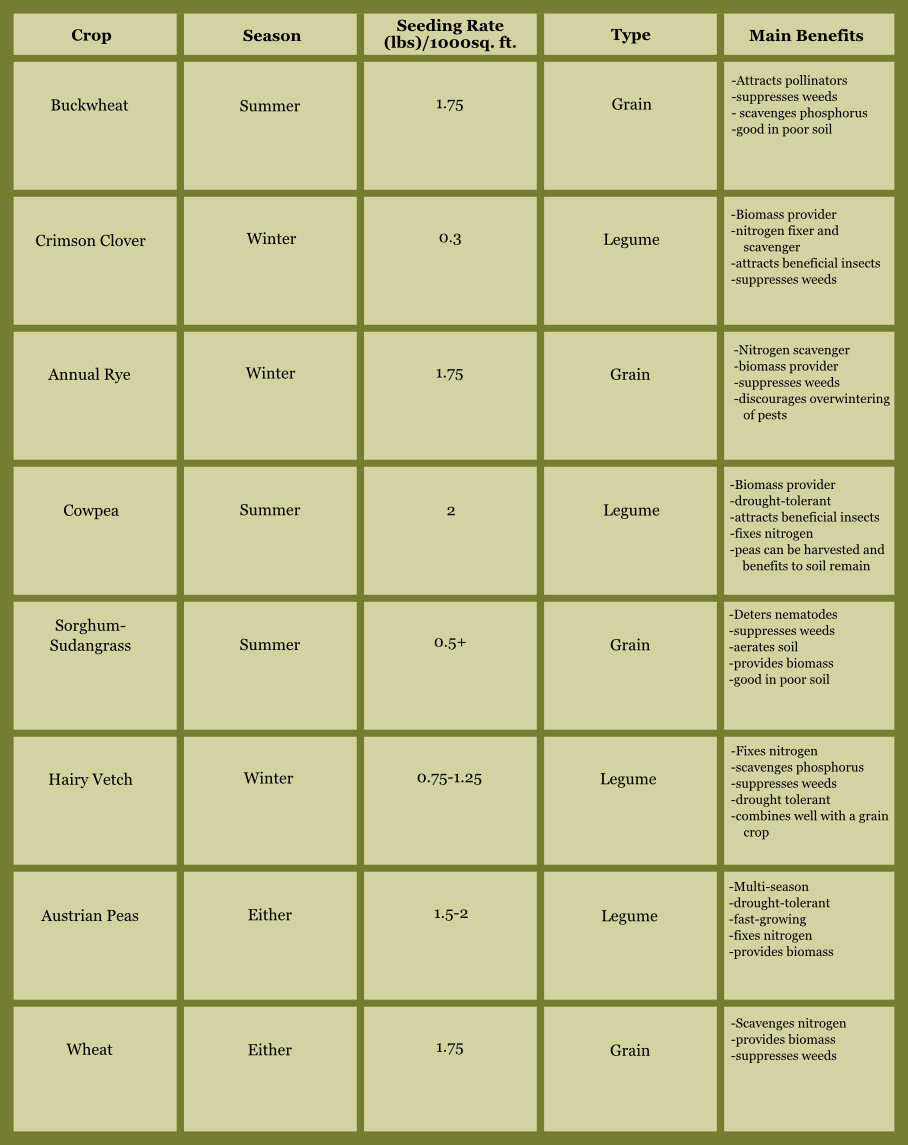Or more accurately, straw.
What’s the difference, you ask? Well, straw is usually the by-product of a grain crop. In my case, this was winter rye. You might recall that grain crops are grasses, and rye is indeed a grass. It grew tall all winter, and then began to go to seed to produce that grain that makes such delicious bread. I didn’t grow it for the grain, though. I grew it for its stalk. The ‘straw.’
Ok, so what’s hay? Hay is not a by-product, but a product in itself. Hay is often a mix of legumes and grasses, such as alfalfa and wheat, and is used as a dry feed for livestock. This is not to be confused with silage, which is green hay that is compacted into bales and put up ‘wet’ in order to ferment and increase the nutrition, and then is fed to livestock. Confusing?
Rye straw piled up under the apple tree, waiting to be used as mulch
Technically, what I did was grow hay - a green crop of rye and clover (grass and legume) - but I didn’t use it to feed livestock, and I didn’t use it for people food. As I’ve mentioned, I grew it only for the straw.
Why would I do such a thing? In a word: Biomass.
Grain crops - grasses - grow a ton of biomass, both above and below the soil. The above-ground part of the plant can grow many feet in a very short time. I actually reduced the size of my plants several times, to prevent them from setting seed. The first time I chopped them (reducing them by about two feet), they were already five feet tall. Then they grew that same amount back again and I chopped them again a second time. After that, they were slower to grow again, but still put on several inches before I chopped them down the final time. It’s just in their DNA to grow tall. This produces a huge amount of biomass above the ground, which can be used in several different ways.
But grasses also grow an enormous amount of biomass underground. They have vast and complicated root systems, which have evolved to anchor them, and that tall growth, in windy conditions. Think about where grain grows best - flat prairies in the middle of the country, where the soils were formed by ancient lakes, and are loose but nutritious, and there are no mountains around to block the wind. The grain (and other prairie plants) needed to evolve to have very strong roots to support their growth.
a famous illustration of prairie plant roots by Heidi Natura c.1995
What does this underground biomass do? It takes the sugars (made by the plant in the process of photosynthesis) and pumps them into the soil, attracting the trillions of microscopic creatures - bacteria, fungi, protozoa, nematodes - to their roots, increasing the interactions between the plant and the life in the soil. This creates an ecosystem which is incredibly favorable to the plant, providing micro-manure for nutrient uptake, as well as allowing for shared resources between plants. When the above-ground biomass (that is, the actual plant) is removed, that whole underground ecosystem is just there waiting and ready for the next crop. The soil ecosystem has been vastly improved.
This is why cover crops are so valuable. They can provide food for us, food and habitat for insects, and biomass for use in the garden. That biomass is also of great use in the compost.
The compost pile in the chicken run, under the fig tree
As you can see, much of the material that I am not using as straw goes onto the pile in the chicken run. They like to eat the bits of things I throw there, such as the green leaves and stems of the clover, and they find all kinds of bugs to enjoy, too. After the chickens are done scratching around in it, it all rots down into a deeply nutritious soil that I add to my veg beds in the fall, thus completing the cycle.
This whole process is a fun one. A bit of work, yes - but any crop requires a bit of work in order to reap a lot of benefit. It’s taken me a week to remove the covers from the North Garden, separate out the straw, put the rest on the compost, and then plant summer crops. It’s good exercise, and it feels wonderful to bend and stretch and squat and sweat in the warm spring sun. Summer is on the way, and soon this space will be filled with good things to eat, like tomatoes and basil. And I can feel satisfied knowing that I’ve improved the conditions for those crops, and that I’ve made my own organic straw with which to mulch them.




















